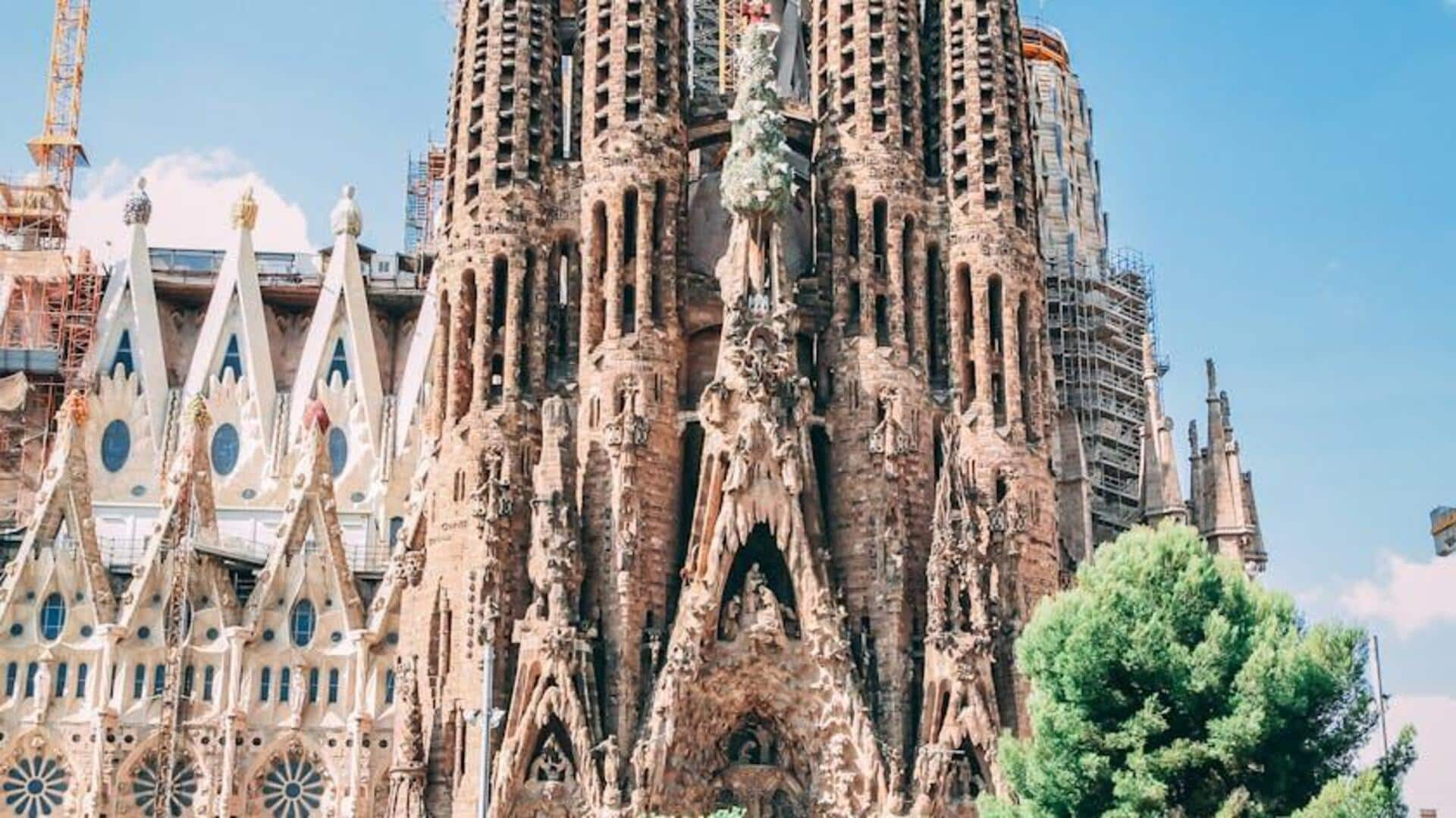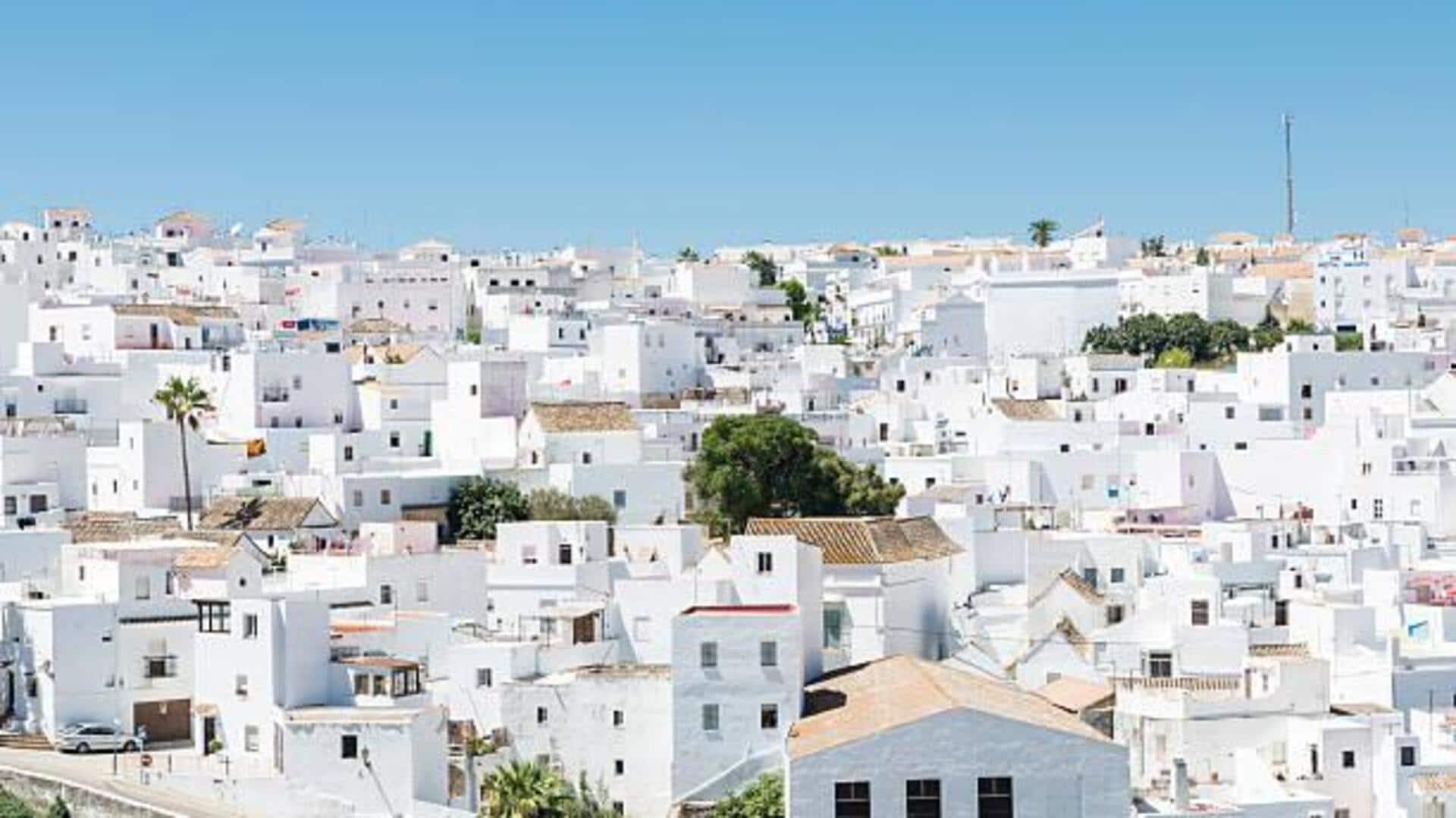A Historic Haven
San Marino, officially the Most Serene Republic of San Marino, stands as the oldest sovereign state and constitutional republic in the world. Founded on September
3, 301 AD by Saint Marinus, a stonemason fleeing religious persecution, the country has continuously maintained its independence, a remarkable feat throughout centuries of European conflicts and political shifts. Its longevity is not just a matter of historical preservation; it’s a testament to a consistent commitment to self-governance, autonomy, and the unwavering determination of its citizens. The country's status as a microstate, surrounded by Italy, has provided it with a degree of protection from larger powers. Furthermore, its geographical isolation in the Apennine Mountains has also played a crucial role in its defense against external pressures. The historical significance of San Marino is visible in its well-preserved medieval architecture, traditions, and customs that echo its long history, making it a living museum of governance and continuity.
Governance & Politics
San Marino operates under a unique parliamentary system with two Captains Regent as heads of state, elected every six months. This frequent rotation reflects a deeply ingrained distrust of long-term authority and a desire to maintain citizen involvement in governance. The Grand and General Council, composed of 60 members, is the legislative body, and it is responsible for creating laws and policies. The political stability of San Marino stems from its established democratic institutions and its commitment to maintaining a neutral stance in international conflicts. Although a member of the United Nations, San Marino has chosen not to join the European Union, retaining its own currency and customs policies. This autonomy allows San Marino to chart its own course in terms of economic and social policy. The political environment is marked by transparency and accountability. The emphasis on citizen participation in the decision-making process ensures government remains responsive to the needs of the population.
Economic Landscape Explored
San Marino's economy is based primarily on tourism, banking, and manufacturing, with a growing focus on high-tech industries. Tourism is a major source of revenue, supported by the country’s historical and cultural attractions, drawing visitors from across Europe and beyond. The financial sector plays a significant role, offering attractive tax incentives, which, in turn, helps attract investment and create employment opportunities. While the country has been known for its tax haven status, it has taken steps to comply with international standards to ensure financial transparency and economic sustainability. Manufacturing, particularly in the ceramics, textiles, and electronics sectors, also makes a significant contribution. Additionally, the government is actively promoting innovation and technology through investments in infrastructure and supporting the growth of new industries. Diversification efforts include investments in renewable energy, further strengthening its economic foundation.
Life's Simple Pleasures
Living in San Marino offers a unique blend of historical charm and modern comforts. The cost of living is moderate compared to neighboring Italy, offering a high quality of life. The country's compact size makes it easy to access essential services and amenities. Residents enjoy a safe environment with low crime rates, contributing to a sense of security and well-being. San Marino's well-preserved medieval architecture provides a unique living environment, where residents can reside within historic settings while benefiting from modern amenities. The local cuisine, influenced by Italian flavors, features fresh, locally sourced ingredients, with an abundance of restaurants and cafes serving regional specialties. The community is close-knit, and residents often enjoy festivals, cultural events, and celebrations throughout the year, further enhancing the living experience. Health services are well-developed and accessible.
Residency Insights Offered
Acquiring residency in San Marino involves several steps. Investors and entrepreneurs find avenues through business investments. Non-EU citizens must typically apply for a residence permit, which might necessitate demonstrating financial stability, the ability to secure accommodation, and the absence of a criminal record. Investment options include purchasing property or investing in local businesses. The government encourages foreign investment through favorable regulations and tax incentives. Specific requirements are determined by the purpose of residency, whether for work, investment, or retirement. Understanding these requirements, gathering the necessary documentation, and engaging a local legal representative are essential steps for a smooth application process. For those seeking long-term residency, complying with the local laws and integrating into the community are significant aspects of successfully establishing themselves in San Marino.
San Marino's Allure Unveiled
San Marino presents an alluring mix of history, stability, and a unique way of life, making it attractive for those seeking a change or a fresh start. Its rich history provides a captivating backdrop for everyday life. The republic's commitment to stable governance and a secure environment appeals to those seeking peace and security. The welcoming culture and the friendly nature of the local population create a strong sense of community. Its economic attractiveness, supported by tourism and other economic activities, provides opportunities. The microstate's strategic location in Europe allows easy access to a range of destinations. Ultimately, San Marino offers more than just residency; it provides an opportunity to live in a place where tradition, culture, and modern convenience converge to create a unique and fulfilling lifestyle.





